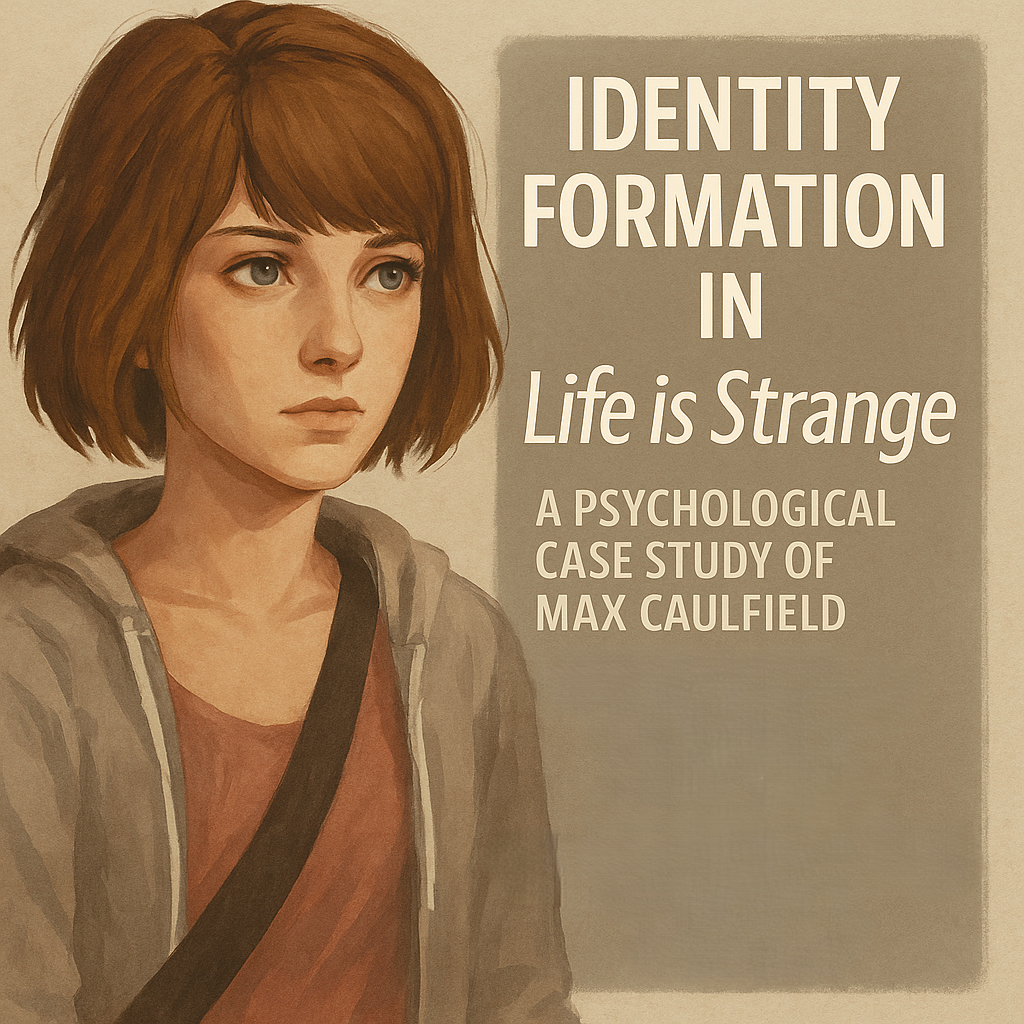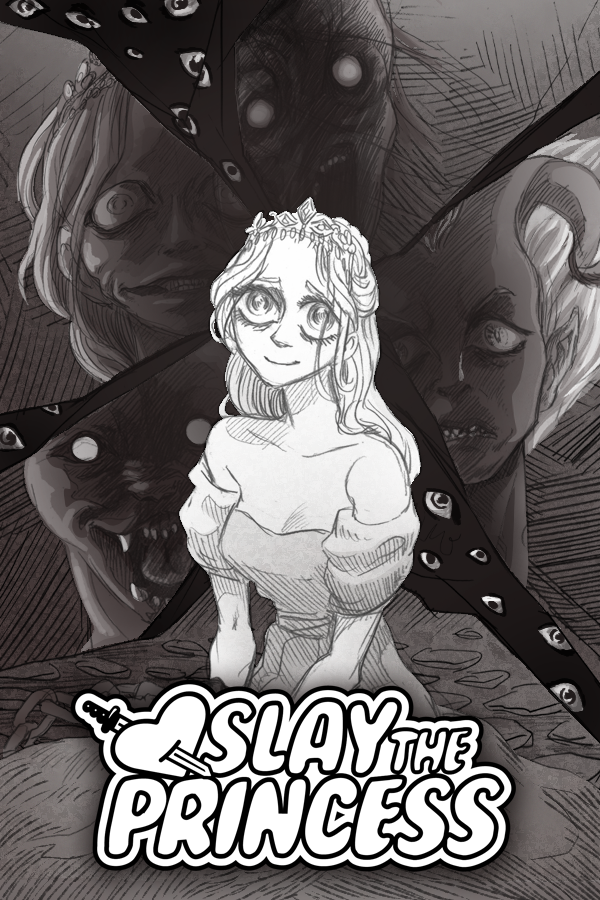Resisting the Narrative: How 1000xRESIST Reflects Pandemic Racism and Collective Trauma
In 1000xRESIST, you are not just a clone, you are memory, legacy, and resistance. Set in a distant, post-pandemic future where the remnants of humanity survive underground after an alien-borne disease nearly wipes them out, the game unfolds within a society of genetically identical clones. At first glance, it might seem like pure dystopian science fiction. But as the narrative deepens, 1000xRESIST reveals itself to be a bold, allegorical exploration of diaspora, trauma, authoritarianism and the racism ignited by a real-world pandemic.
Spoiler Warning: This article contains major story spoilers for 1000xRESIST.
The game opens with a jarring act: Watcher, one of the clones, violently strikes the revered ALLMOTHER. This rupture sets the tone for a story built on interrogation of power, of identity, and of inherited histories. As Watcher dives into the ALLMOTHER's memories through a ritual called Communion, the player begins to understand that memory itself is unstable, political, and deeply personal. These themes are more than abstract narrative flourishes; they echo the real, recent trauma of the COVID-19 pandemic and the rise of anti-Asian racism that accompanied it.
Clones and the Myth of Monoliths
The clone society in 1000xRESIST draws a chilling parallel to how Asian communities were treated during the early stages of the pandemic: as undifferentiated, dehumanized, and blamed. All clones are derived from a single immune woman named Iris, now deified as the ALLMOTHER. Though they share a genetic blueprint, their personalities diverge, shaped by experience and function. This tension between sameness and individuality mirrors the racist essentialism faced by Asian individuals during COVID-19, when diverse people were lumped together, scapegoated, and stereotyped.
Rhetoric like "Kung Flu" and the insistence on identifying the virus by geographic origin didn't just devalue Asian identity; it erased nuance, culture, and humanity. In the game, clones struggle with their identity some internalize the myth of their divine origin, while others rebel. Similarly, many Asians and Asian diaspora individuals found themselves forced to navigate external perceptions shaped by centuries of xenophobia and the myth of the "perpetual foreigner."
Memory as Resistance
1000xRESIST treats memory as both technology and battleground. Through Communion, characters relive the ALLMOTHER's past but what they see is fragmented, selective, and potentially manipulated. These memories include Iris's life as the daughter of immigrants from Hong Kong, her experience during the 2019-2020 protests, and her sense of displacement.
This framing mirrors how historical trauma and resistance are often inherited in diaspora communities. Iris's memories are not just recollections; they shape societal structure, just as intergenerational trauma influences the psyche and values of descendants. And just like in our world, these memories can be distorted by those in power. The game ultimately reveals a carefully constructed myth, built to preserve control. This revelation calls to mind the COVID-era spread of misinformation and conspiracy theories, many of which fuelled racist ideologies and served those who benefited from distraction and division.
In both contexts, memory becomes a radical act. To remember honestly, to piece together suppressed truths, is to resist.
Isolation, Fear, and the Air Itself
The clones of 1000xRESIST live underground, in an environment where the air is believed to be poisoned by the lingering alien virus. They cannot go outside without protective masks. Surveillance is constant. The fear of infection is existential and omnipresent.
Sound familiar?
During the height of the COVID-19 pandemic, people across the world experienced prolonged lockdowns, fear of invisible contamination, and the psychological toll of isolation. For many Asian individuals, this fear was compounded by targeted harassment and violence. What should have been a collective trauma fractured along lines of race, nationality, and bias. The clones wear masks to survive; Asian individuals were attacked for wearing them early on then again later, for not doing so. The symbolism flips and folds in on itself.
1000xRESIST doesn't just depict quarantine; it explores what it does to our sense of self. Confined, anxious, and fed a carefully curated version of reality, the characters begin to question everything. It's a subtle but potent mirror of how the pandemic forced many of us to interrogate systems we once trusted.
Power, Control, and the Language of Protection
The ALLMOTHER, once Iris, now a mythologized ruler offers the clones immunity in exchange for absolute obedience. Their society is governed by ritual, hierarchy, and curated truth. The player eventually learns that even the act of Communion, designed to reveal history, is part of the mechanism of control.
This resonates eerily with how political and media narratives during the pandemic positioned certain groups as threats or saviors. Blame was often racialized. Protection became politicized. In the U.S., anti-Asian hate crimes surged. Government and media responses were inconsistent, often complicit.
Like the ALLMOTHER, real-world figures cloaked harmful decisions in the language of safety. And like the clones, communities had to navigate who to trust, what to believe, and how to act under surveillance whether technological, social, or psychological.
Rebellion and Reclamation
What makes 1000xRESIST so compelling is that it's not just about oppression; it's about what we do in its shadow. The title itself is an imperative: resist, a thousandfold. Watcher, Fixer, and others within the story begin to uncover lies and ignite rebellion. It's messy. It costs them. But they push back.
During the pandemic, many communities did the same. Grassroots organizations tracked hate crimes. Artists and writers reclaimed narratives. Protests, mutual aid, and storytelling became tools of resistance. Especially among Asian diaspora communities, there was a renewed urgency to be seen, to connect histories, to say: we are not a virus. We are not silent.
The game's resistance isn’t just literal; it’s philosophical. It’s about refusing to accept the story you've been told about yourself. It’s about breaking Communion, even if it means standing alone. That message lands hard after a time in which so many people, especially those at the margins, were gaslit by the very systems meant to protect them.
Simply Put: A Story Worth Telling, Again and Again
1000xRESIST is one of the most philosophically ambitious and emotionally resonant games of recent years. It doesn’t just echo the experience of pandemic life; it dramatizes the emotional logic of it. It offers an allegory for how collective trauma, racism, and misinformation shape societies, and how resistance must emerge not just in the streets, but in memory, in identity, and in truth.
Games are rarely granted the narrative seriousness of literature or film. But 1000xRESIST makes a powerful argument that they should be. And in doing so, it offers not just catharsis, but clarity, a vision of what it means to survive, to question, and to resist.
References
Anzaldúa, G. (1987). Borderlands/La Frontera: The New Mestiza. Aunt Lute Books.
Cho, L. (2007). The turn to diaspora. Topia: Canadian Journal of Cultural Studies, 17, 11–30.
Du Bois, W. E. B. (1903). The souls of Black folk. A.C. McClurg & Co.
Flanagan, M. (2009). Critical play: Radical game design. MIT Press.
Lee, E. (2021). America for Americans: A history of xenophobia in the United States. Basic Books.
Strochlic, N. (2020). America’s long history of scapegoating its Asian citizens










Examine how Cyberpunk 2077 redefines identity theft in the context of consciousness transfer, exploring the deep psychological implications of losing control over one's self in a digital era.